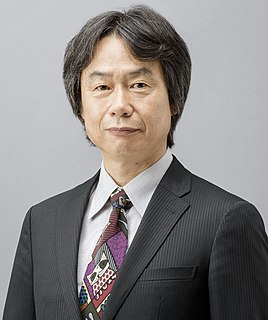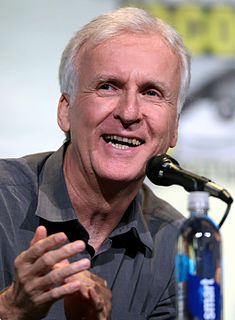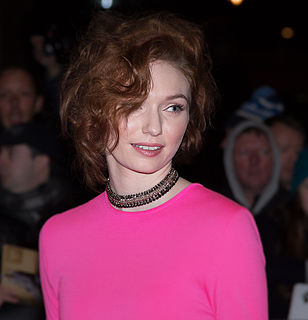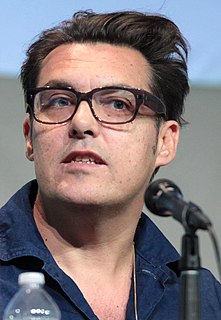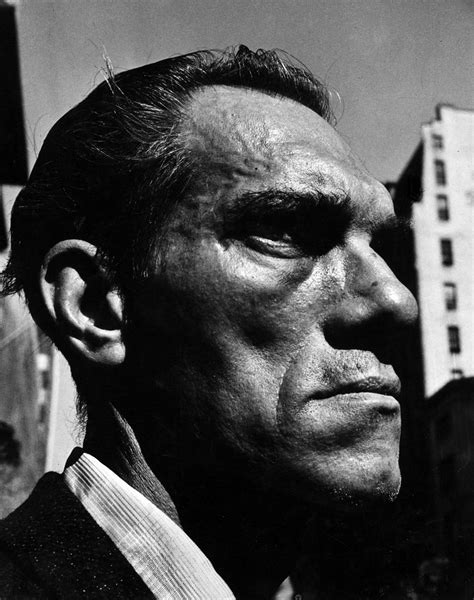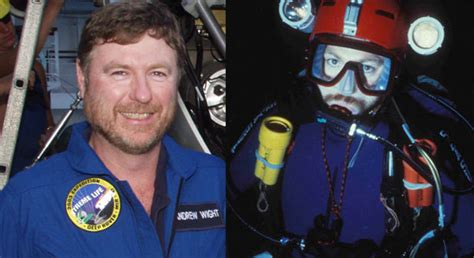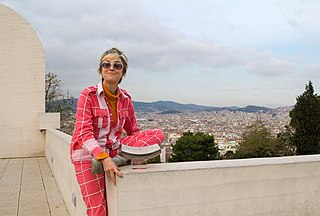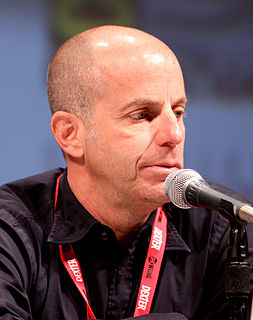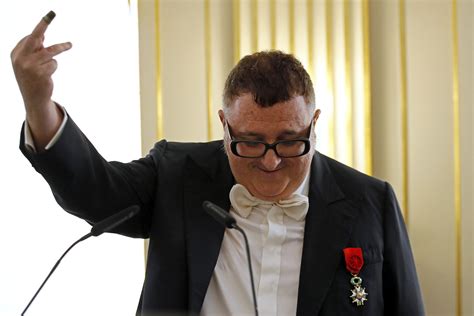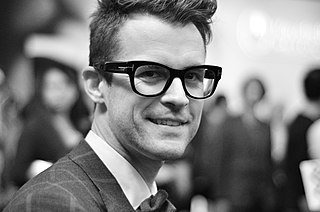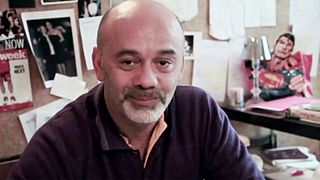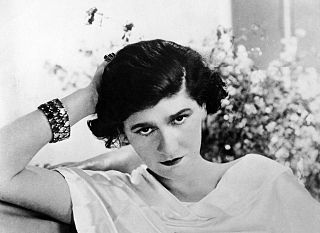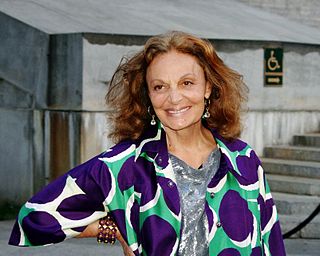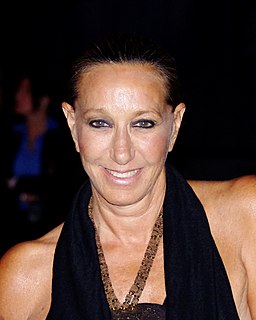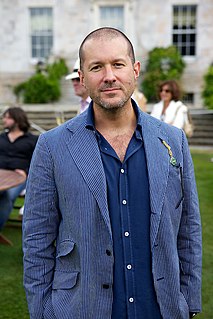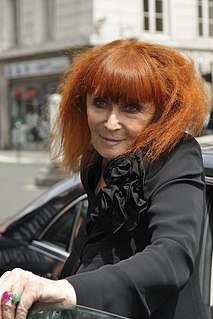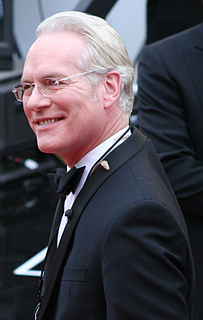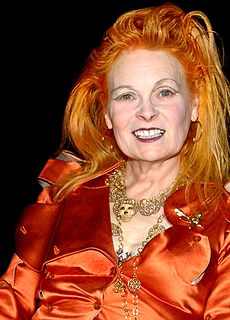A Quote by Shigeru Miyamoto
Actually, 3D is really the most normal thing because it's how those of us with two eyes usually see the world. TVs are the unusual things in 2D!
Related Quotes
I believe 3D is inevitable because it's about aligning our entertainment systems to our sensory system. We all have two eyes; we all see the world in 3D. And it's natural for us to want our entertainment in 3D as well. It's just getting the technology - it's really more the business model than the technology piece. We've solved the technology.
I hope people don't compare 2D and 3D because 3D's new, it's unfair to compare to 2D which is really sophisticated, even when we're jaded about it. 3D just began, give it a chance, let the equipment and projection system catch up and be better, let the price go down, let more filmmakers get a hold of it more easily.
What makes a mockery of a lot of these 3D conversions, where they're shot in 2D and converted to 3D. Having laid a real 3D movie, you realize that it's right in the production design. You design sets that enhance the 3D and you design interactive elements, like the rain or smoke. If you're shooting 2D, you don't know about that.
So it [3D] is something I'm still learning, it's fresh, so if the budget allows I'll do it again and just see how far it goes because it's the frontier, it's more interesting. It's still expensive, the projection system can be annoying sometimes, it's not really regulated or perfected yet, so it's still expensive. If I do a lower budget I'll just do 2D, but if the budget allows I think I'll try 3D.
3D, the ever-changing 3D. It's great. It's been really interesting. My family came to the set a few times, and I see them with their 3D glasses on. It's lovely to have them there and be a part of it, and see the magic that we're playing with, because it really is incomprehensible until you see it on a 3D screen.
3D needs a trained eye. It can't be done by everybody. People who just do 3D just for the sake of commercializing their movie another five or six percent and they don't know really how to do it, they should care how to do it better by bringing other directors and collaborators into their lives to help teach and instruct how you really make a 3D movie because it's not just like putting a new lens on a camera and forgetting it. It takes a lot of very careful consideration. It will change your approach to where you put the cameras. So, 3D isn't for everybody.
I want to try to come away from that one directional, clear rectangular form. It's not used because it's the most beautiful form; it's just the practical thing. That's why our TVs are rectangles. Even in modern architecture, they want us to believe, "That's the nicest, most beautiful thing." I love modern architecture, but actually it's that they cannot afford amorphous shapes or ornaments.
So what'll happen is there'll be some very good cinema experiences are going to see 3D where you have to pay more. And there'll be some bad experiences of going to see movies in 3D. And I just hope that this kind of gold rush mentality doesn't kill what could actually be something that really, really benefits the industry.
Then we have the silence of the eyes which will always help us to see God. Our eyes are like two windows through which Christ or the world comes to our hearts. Often we need great courage to keep them closed. How often we say, I wish I had not seen this thing, and yet we take so little trouble to overcome the desire to see everything.
